Phillips 66 progressing its conversion of California refinery to renewable fuels
Green Car Congress
MAY 4, 2021
The plant will no longer produce fuels from crude oil, but instead will make fuels from used cooking oil, fats, greases and soybean oils. The Santa Maria facility in San Luis Obispo County that currently provides crude oil feedstocks to the Rodeo facility will be idled and decommissioned. Earlier post.).

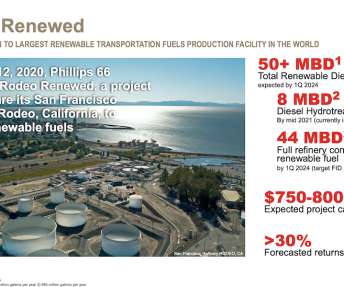

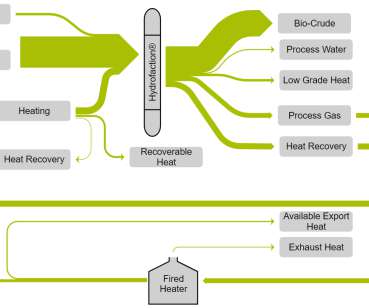










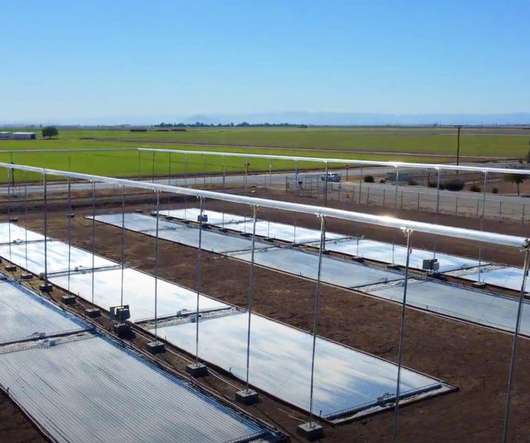








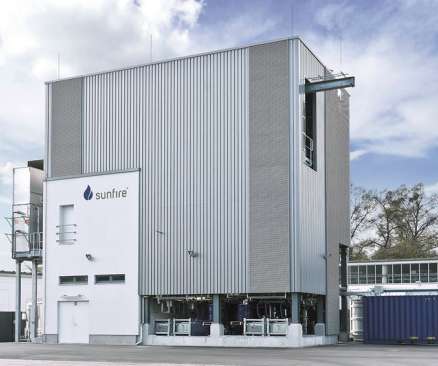



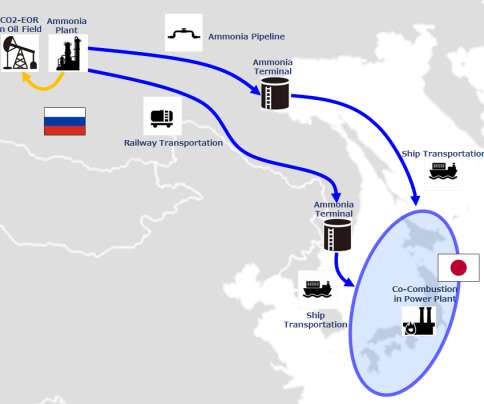

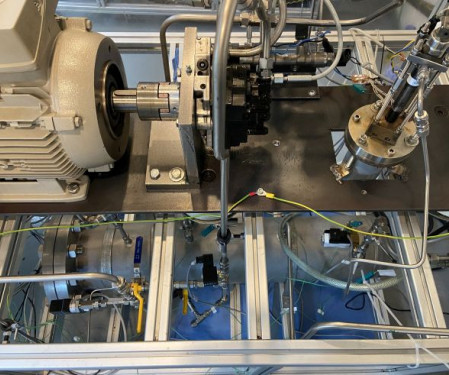









Let's personalize your content